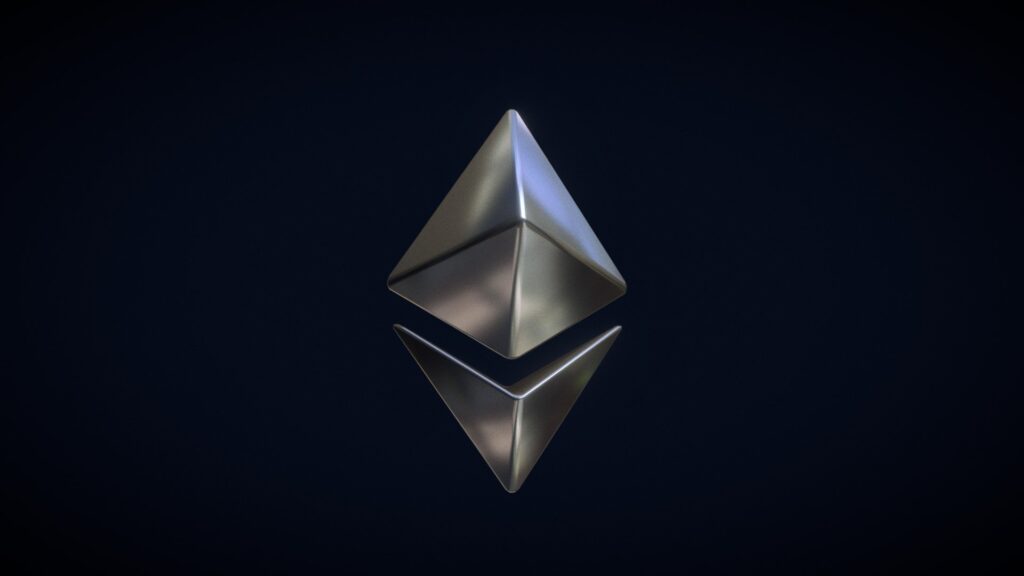Ethereum is a platform that provides comprehensive trading mechanisms, oracles, and smart contracts. Websites like the Ethereum Code app cater their UI and strategies for experienced and new bitcoin traders. The platform has paid extraordinary attention to detail while designing its user interface. The below-mentioned portion will focus on how it works and the power of its blockchain to redefine value chains and transform the global finance industry.
Blockchain technology has progressed exponentially at an unbelievable rate over the past few years, with Bitcoin being the first application of blockchain usage. Ethereum came into play in response to bitcoin’s inability to process transactions without fees.
When running on Ethereum, the dApps developers are not limited to functions that a conventional blockchain such as bitcoin can offer. For example, rather than being limited to only processing payments, Ethereum allows developers to create intelligent contracts supporting applications such as supply chain tracking.
Ethereum’s supply chain management
Supply chains are a core part of the global economy, and their growth and expansion require networks that ensure fast information flow in real time for all involved parties. Supply chains can be found in almost every industry, from manufacturing to logistics and everything in between. Blockchain technology can completely revolutionize supply chains by making them more efficient while reducing costs and increasing trust between stakeholders.
Building decentralized apps
Decentralized apps (DAPPs) are the most successful use case of the Ethereum blockchain. Unlike conventional apps, which depend on an app store, a mobile app store, or another centralized service, they can be created and hosted in the blockchain. Many of these applications have resulted in increased cooperation between people, contract automation, and trust among parties involved in a transaction.
The value chain is just a transfer chain
The single-asset blockchain (also known as the supply chain blockchain) can track any transaction without ever having to trust any third-party intermediary. This direct flow of data within the blockchain is known as a “transaction chain, and if one entity within the chain would be able to become corrupted, then malicious actors could potentially steal or manipulate the chain also. As a result, it can lead to a loss of trust and reliability in an organization.
Behind Ethereum’s blockchain
Ethereum offers an open, general, public blockchain platform that allows developers to build and deploy decentralized applications with various scripting languages, databases, and utilities. In addition, the customized blockchains can run complex, intelligent contracts, and formal verification techniques.
Decentralized world
Although Ethereum has limited bandwidth compared to the general mass market, people can use blockchain-powered platforms for big-scale web hosting services. Companies can achieve it by adding more nodes into the network, which helps improve the efficiency at which transactions are processed. However, it will also require infrastructures of transaction processing nodes that provide power and storage of blockchain data.
Proof of stakes
Proof-of-Stake (PoS) is a consensus mechanism that uses the resources of validators in the system. Validators are smart contracts that enable stakeholders to enforce the system’s integrity through delegation. Therefore, unlike other proof methods such as Proof-of-Work (PoW), PoS allows for micropayments, which can be generated by validators and delegated to any pre-configured user.
Advantages of Ethereum
Ethereum’s most significant advantage is that it has a very active community that assists in improving the dApps they compile. Another benefit is the ease with which brands can build decentralized apps on top of its platform. Ethereum’s architecture allows for constant growth and development of its blockchain to improve functionality and create a safer platform.
In the future, it will continue to inspire innovation through its applications and other platforms built on top of its open-source codebase. For example, Microsoft Azure has built on the ethereum blockchain to provide alternative authentication factors for user access.
But despite all of these benefits, there are some things to be aware of before utilizing dApps that Ethereum powers. For example, it’s easy for a developer to make a mistake in the coding or for a malicious actor to exploit it to own those intelligent contracts.
Possible threats & vulnerabilities
The biggest problem with any blockchain is that it is public and has no central points of vulnerability. However, it is essential to note that the algorithms that run on top of the blockchain are vulnerable.
In this case, the code must be flawless, and there should be no holes in it that could allow hackers to steal users’ private information or other assets. Unfortunately, Ethereum is not immune to these problems, and there have been instances where malicious actors exploited vulnerabilities, resulting in losses for users who transacted with such dApps.
